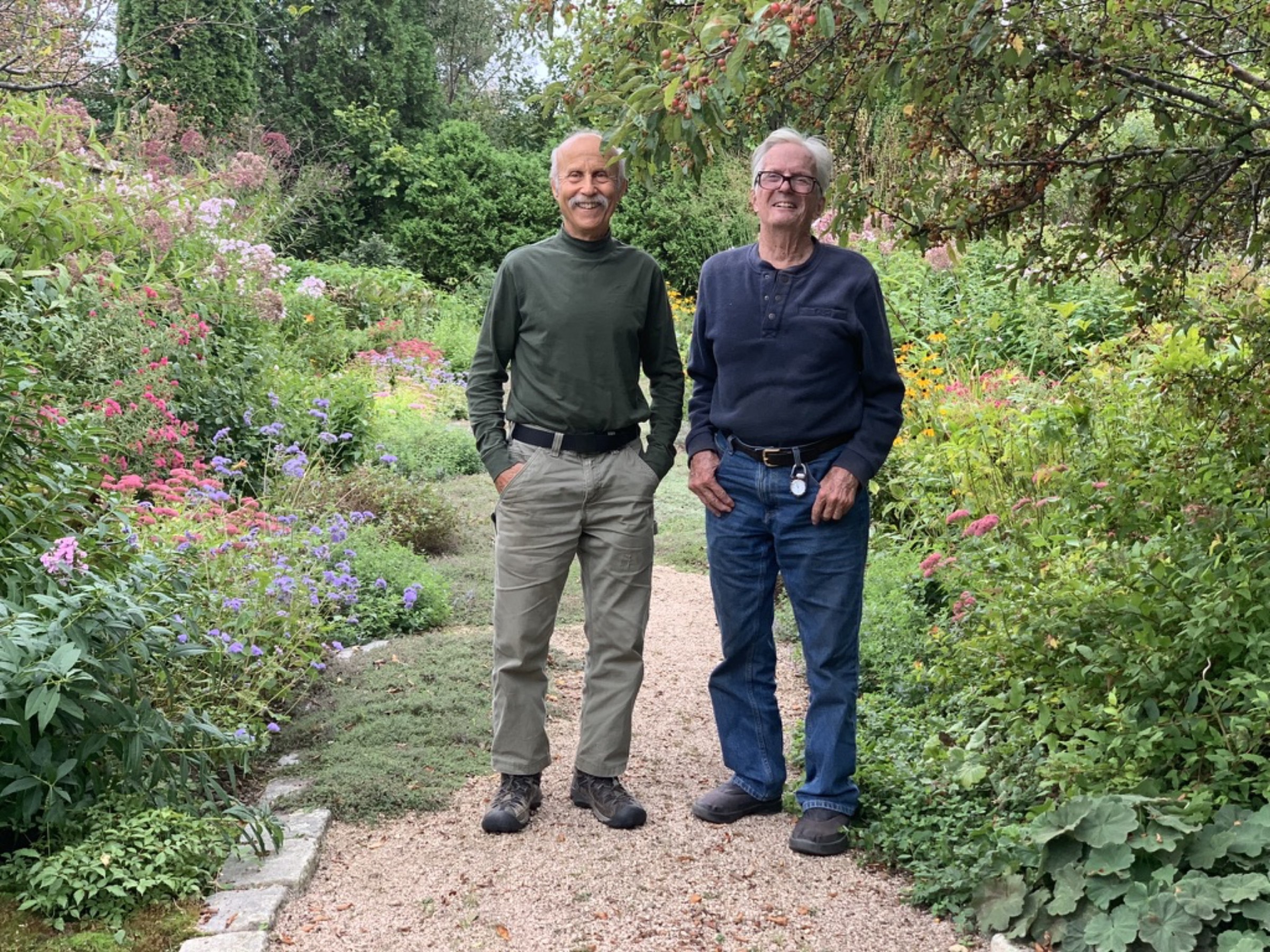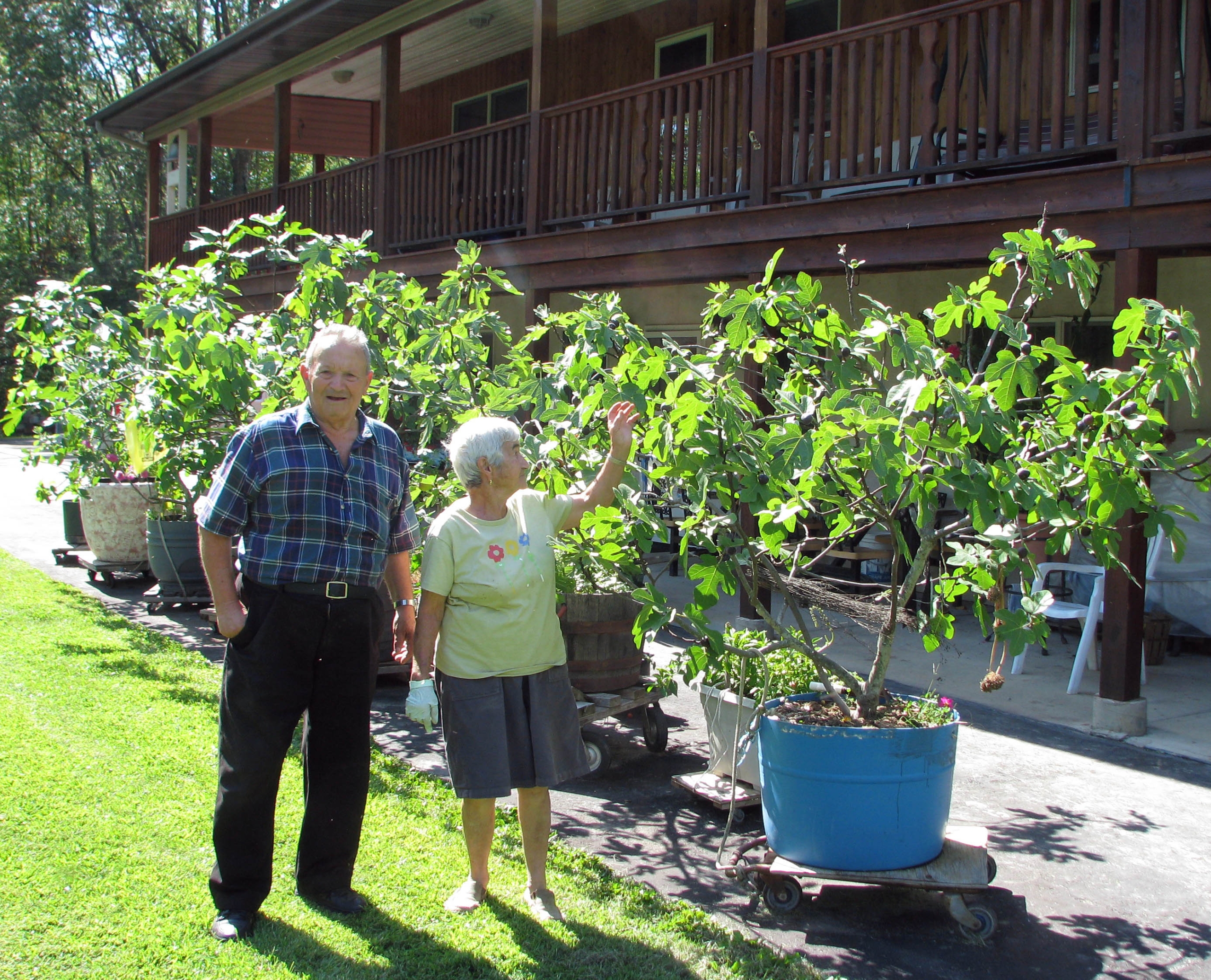HOME-GROWN GRAINS FOR ANYONE & EVERYONE
/0 Comments/in Gardening/by Lee ReichShow Some Respect
The problem with popcorn is that it, like Rodney Dangerfield, “don’t get no respect.” Sure, it’s a fun food, nice to toss into your mouth while you watch a movie. But that’s been the case only since the 1930s.
Popcorn is a grain, a whole grain, as good a source of nourishment as wheat, rice, rye, or any other grain. It was among the foods brought by native Americans to the first Thanksgiving dinner.
For anyone who likes the idea of raising their own grain, popcorn is a good choice. It’s easy to grow, it’s easy to process, and it’s easy to save seed from one year to the next. I grow two varieties — Pink Pearl and Dutch Butter-flavored — and have saved seed from my plantings for over 25 years.
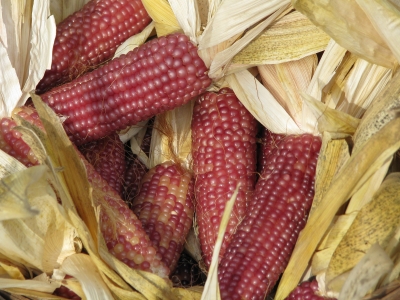
Pink Pearl popcorn
Popcorn is also fun to grow, especially with children around. Growing it yourself also lets you choose a variety you like. You might think popcorn is just popcorn; they all taste the same. Not so! Last year’s crop yield came up a little short (my fault, for not checking the drip irrigation) so, for the first time in many years, I just purchased some to tide us over until this season’s crop becomes ready to eat. The purchased popcorn burst into large, fluffy clouds, but to call the flavor bland would be an understatement. Nothing like the rich flavors of Pink Pearl and Dutch Butter-flavored. Read more
TIME FLIES, OR DOES IT?
/8 Comments/in Gardening, Vegetables/by Lee ReichA Real Olde Tyme Country Fair
Eighteenth century essayist and poet Charles Lamb wrote, “Nothing puzzles me more than time and space; and yet nothing troubles me less.” I agree and disagree. You can always revisit a space, but time, it keeps moving; there’s no grasping on to it.
I was reminded of Lamb’s musing on a recent visit to Maine. There were two reasons for the visit, the first being to attend and give a couple of presentations at the Common Ground Fair, organized and on the grounds of the Maine Organic Farming and Gardening Association (mofga.org). I highly recommend a trip to the Fair, which is always held around the third week in September.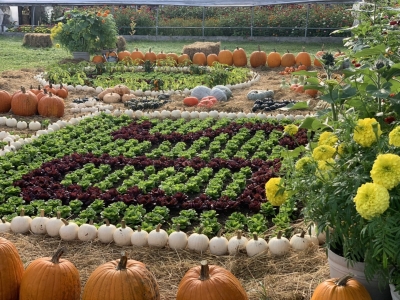
This is not your usual country fair. For one thing, you won’t find bright lights and noisy rides there; the Fair closes down at the end of each day. What you will find at the Fair is a wide array of Maine grown and Maine produced food, wool and woolen goods, wooden bowls and spoons, and numerous other items. Also many workshops and demonstrations of scything, spinning wool, blacksmithing, and other rural skills, and live music and plenty of livestock.
A Mere Half Century
I haven’t forgotten about Charles Lamb. His musings speak into the second part of my visit, which was to Four Season Farm, home, along with his wife Barbara Damrosch, of farmer, author, and a leading proponent of organic farming, Eliot Coleman. Read more
IT’S FIG SEASON!
/20 Comments/in Fruit/by Lee ReichNot a Hot, Dry Desert, but No Matter
Today’s cool temperatures, along with this overcast sky that’s periodically sneezing raindrops, doesn’t conjure up weather we usually associate with fig harvest. Still, I just returned from the greenhouse with near overflowing handfuls of dead ripe figs.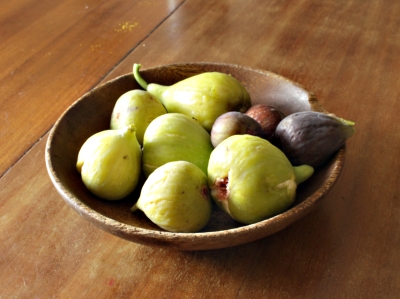
This harvest does highlight one of the many characteristics of figs that makes it possible to grow them in cold climates. The particular characteristic, in this case, is the plant’s rather unique way of bearing fruit. Read more


